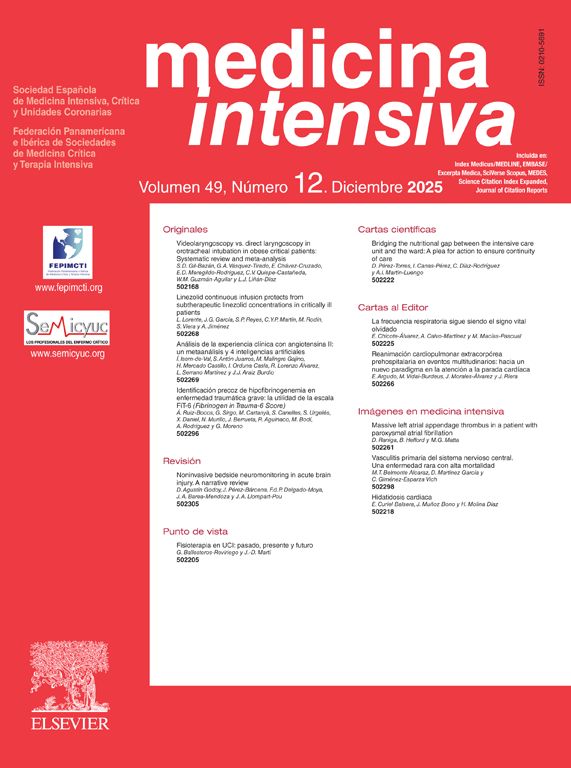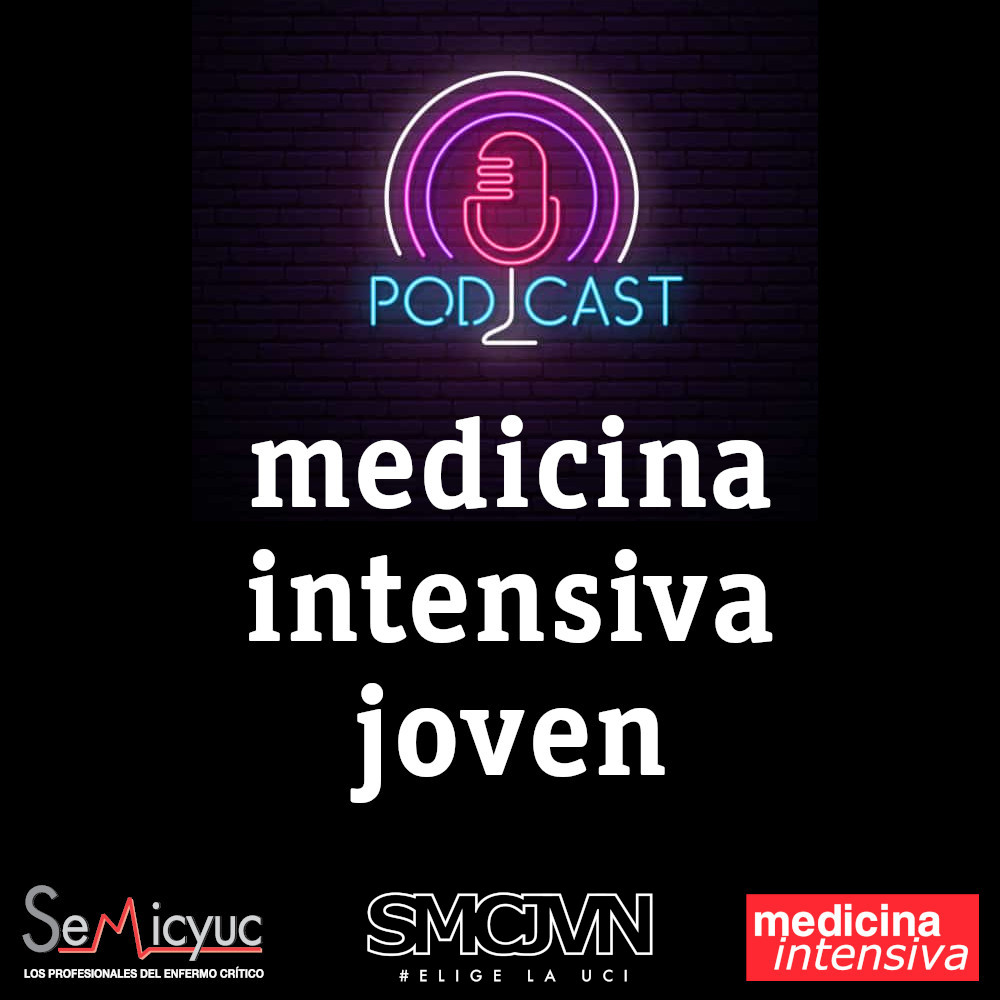A 71-year-old man with a past medical history of arterial hypertension and a solitary kidney (right kidney) presented with sudden pain in the right iliac fossa radiating to the ipsilateral groin. On examination, a pulsatile mass was palpated in the infraumbilical region, along with a continuous murmur in the mesogastrium. He was admitted to the ICU in a dazed state with significant hemodynamic instability and tachycardia. A basal abdominal CT scan revealed a large infrarenal abdominal aortic aneurysm with signs of perianeurysmal bleeding (arrow in Fig. 1). Following contrast administration, a communication was observed between the right posterolateral wall of the aneurysm and the inferior vena cava, consistent with an aortocaval fistula (arrow in axial view Fig. 2A and coronal view B). These findings were confirmed in the 3D reconstruction performed (Fig. 3). Stent-graft implantation was decided by the heart surgical team. Eventually, the patient developed an episode of ischemic colitis and septic shock, leading to his death 7 days later.
El factor de impacto mide la media del número de citaciones recibidas en un año por trabajos publicados en la publicación durante los dos años anteriores.
© Clarivate Analytics, Journal Citation Reports 2025
SJR es una prestigiosa métrica basada en la idea de que todas las citaciones no son iguales. SJR usa un algoritmo similar al page rank de Google; es una medida cuantitativa y cualitativa al impacto de una publicación.
Ver másSNIP permite comparar el impacto de revistas de diferentes campos temáticos, corrigiendo las diferencias en la probabilidad de ser citado que existe entre revistas de distintas materias.
Ver más









